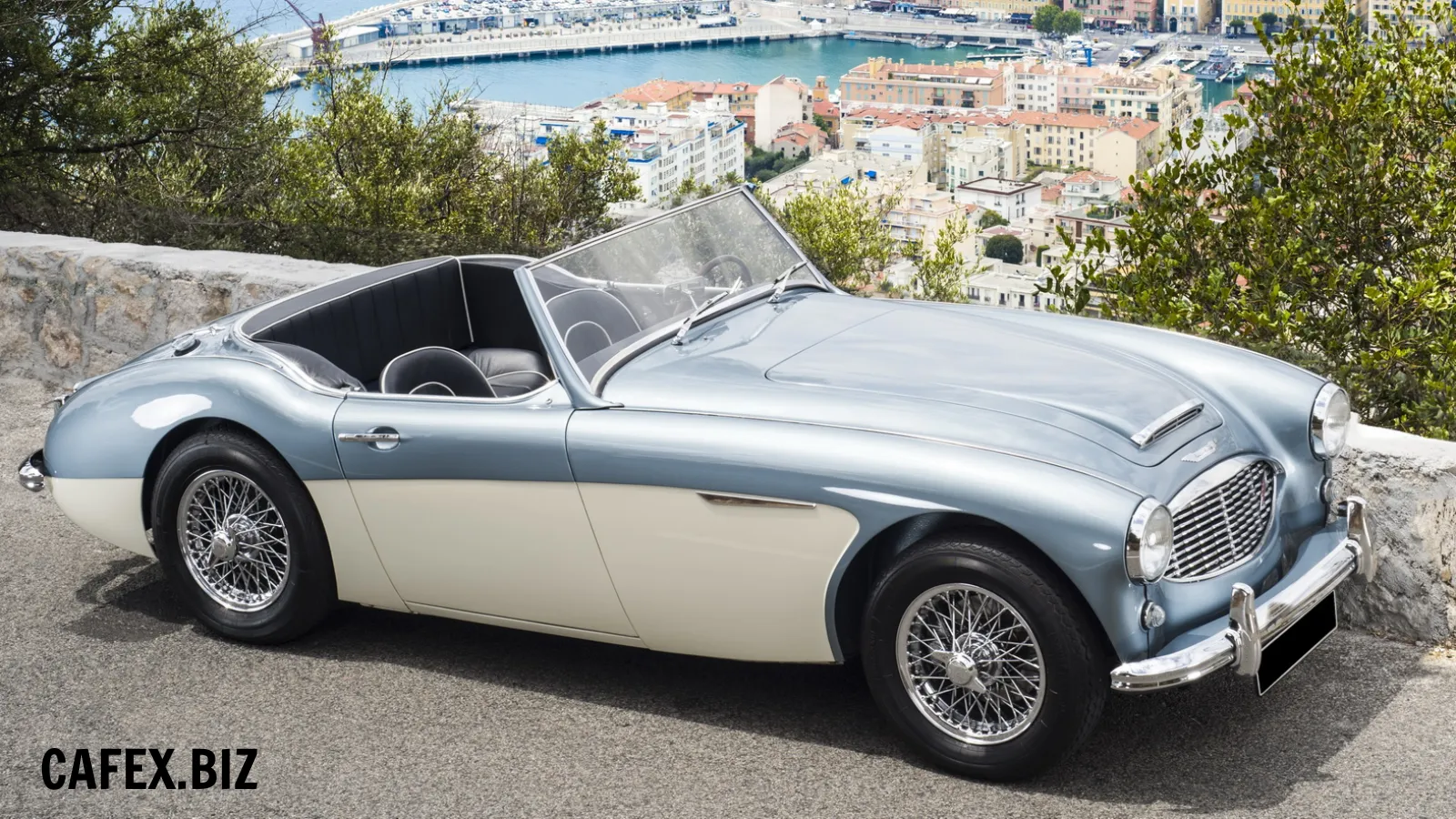The Toyota Corona is a model that was produced by Toyota from 1957 to 2001. It is a compact car that has gone through several generations and variations over the years. Here are some notable details about the Toyota Corona during that time period:

First Generations (1957-1960)
The first-generation Corona was introduced in 1957 as Toyota's first passenger car to be fully developed and manufactured in Japan. It had a more traditional and boxy design, typical of cars from that era. They featured round headlights, a chrome grille, and a simple and utilitarian appearance. This generation offered a 0.9-liter Type R engine, a four-cylinder engine producing around 28 horsepower.
Second Generation (1960-1964)
Between 1960 and 1964, the design of the Toyota Corona underwent a transition, becoming more streamlined and aerodynamic with 1.0-liter Type P engine. It was an upgraded version of the previous engine, producing approximately 33 horsepower. The cars had a sleeker profile with sharper angles and lines. The front fascia often featured rectangular headlights and a wider grille. It was available as a sedan, coupe, and wagon.

Third Generation (1964-1970)
The third-generation Corona had a more squared-off design and was available with a range of engine options, including a 1.5-liter and 1.6-liter engine. This four-cylinder engine produced around 60 horsepower. It was known for its reliability and fuel efficiency.

Fourth Generation (1970-1973)
The fourth-generation Corona featured a sleeker and more streamlined design. It offered improved safety features and was powered by a 1.9-liter engine and a 1.6-liter 2T engine. It was an improved version of the previous engine, offering more power and producing around 70 horsepower.

Fifth Generation (1973-1979)
The fifth-generation Corona had a larger body and was available with a range of engines. 1.6-liter 2T engine: This engine continued to be used in some markets, with slight variations in power output. 1.9-liter 8R engine: It was a larger four-cylinder engine producing approximately 90 horsepower.
Sixth Generation (1979-1983)
The sixth-generation Corona underwent a significant redesign and introduced a front-wheel-drive layout. It was available as a sedan, coupe, and wagon. It offered 1.6-liter 2T engine: This engine carried over from the previous generation, but with further improvements. 1.8-liter 3T engine: It was a more powerful four-cylinder engine producing around 100 horsepower.

Seventh Generation (1983-1987)
The seventh-generation Corona featured a more aerodynamic design and featured pop-up headlights, a slim grille, and a smooth body with minimal creases or lines. It was available with various engine options, including a 1.6-liter 4A engine: This engine featured a more advanced design and produced approximately 90 horsepower, and 1.8-liter 1S-L engine: It was a fuel-injected engine offering improved performance and producing around 100 horsepower.

Eighth Generation (1987-1992)
The eighth-generation Corona had a more rounded and modern design. It featured a sleek front end with integrated headlights and a larger, more prominent grille. The overall body shape was smoother, with softer edges and a more modern aesthetic.

It featured improved handling and performance and was powered by a range of engines, including a 1.6-liter 4A-FE engine: It was an upgraded version of the previous engine, featuring fuel injection and producing around 105 horsepower.
Ninth Generation (1992-1996)
The ninth-generation Toyota Corona showcased a more contemporary and refined design language. It had a smoother and more aerodynamic profile, with a sleeker front end that incorporated slim headlights and a wider grille. The body lines were more pronounced, adding a sense of sportiness.
It offered enhanced safety features and was powered by a range of engines. A 1.6-liter 4A-FE engine: This engine carried over from the previous generation but with further enhancements.
A 1.8-liter 7A-FE engine: It was a more advanced engine, featuring fuel injection and producing around 115 horsepower.
Additionally, a 2.0-liter 3S-FE engine: This four-cylinder engine offered more power, producing approximately 115 horsepower.
Tenth Generation (1996-2001)
The tenth-generation Corona featured a more angular and aggressive design compared to the previous models. It had sharper lines and creases, giving it a more muscular and dynamic appearance. The front end featured multi-element headlights and a larger grille with a bold, distinctive design.

It provided improved performance and was powered by a range of engines:
1.6-liter 4A-FE engine: This engine continued to be used in some markets.
1.8-liter 7A-FE engine: This engine was also carried over from the previous generation.
2.0-liter 3S-FE engine: It was an upgraded version of the previous engine, offering more power and producing around 125 horsepower.
2.2-liter 5S-FE engine: This larger four-cylinder engine was available in some markets, producing approximately 135 horsepower.
Cultural Significance
Family Car and Daily Commuter
The Toyota Corona was often seen as a practical and reliable family car and a daily commuter vehicle. Its compact size, fuel efficiency, and comfortable interior made it appealing for individuals and families looking for affordable transportation. Many people have nostalgic memories of family road trips or daily commutes in a Toyota Corona.

Symbol of Japanese Manufacturing Quality
The Toyota Corona, known for its durability and longevity, became a symbol of Japanese manufacturing quality and reliability. It helped solidify Toyota's reputation for producing well-built vehicles that required minimal maintenance.
Evolution of Design and Technology
Over the years, the Toyota Corona went through several design changes and technological advancements. It reflected the evolving trends in automotive design and engineering. The Corona's design evolution and introduction of new features showcased Toyota's commitment to innovation and keeping up with customer demands.
Cultural Icon and Collectible
The Toyota Corona has gained a certain level of cultural significance among automotive enthusiasts and collectors. Some individuals appreciate the model for its vintage charm and historical value. Classic models from the earlier generations have become sought-after collectibles, representing a nostalgic era of automotive design.

-1686635518.jpg)

